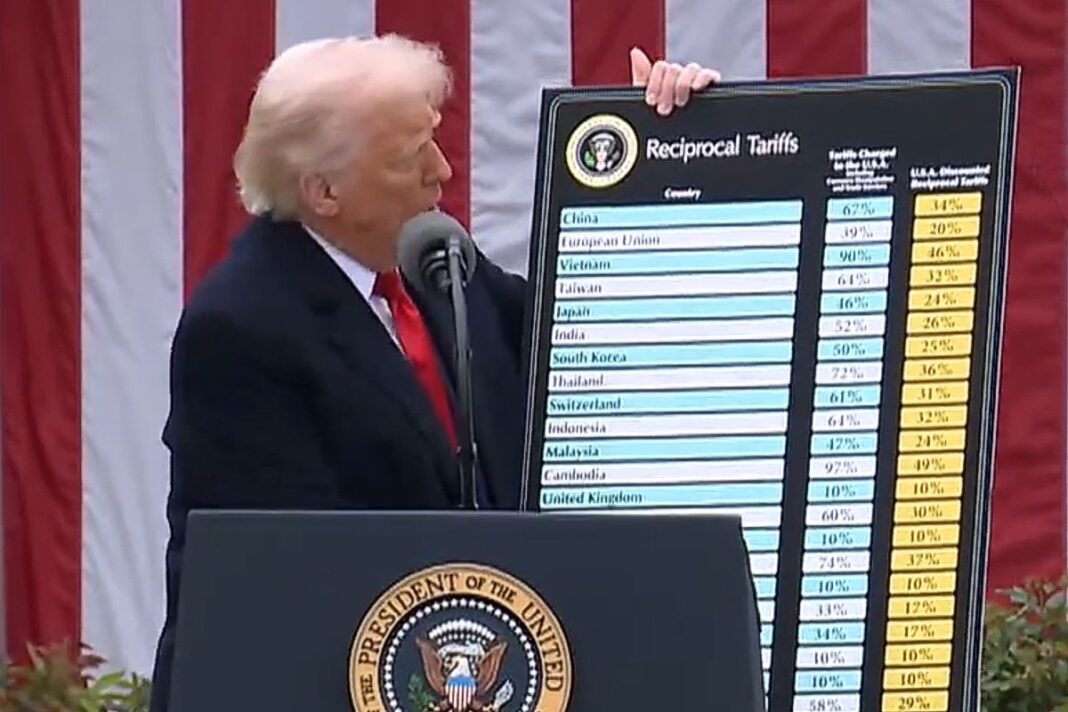Trump seeks to address trading relationships with the 15 countries that have the largest trade imbalances with the US, including China and the EU.
President Donald Trump’s administration is working to address trade imbalances with a group of 15 top trading partners.
When the president’s trade saga commenced this year, White House officials coined the term “Dirty 15” to describe a group of nations identified as having significant surpluses with the United States.
By grappling with multibillion-dollar trade deficits and various trade barriers, the Trump administration is signaling a broader realignment in international trade.
Ahead of the Aug. 1 reciprocal tariff deadline, many of these countries are scrambling to intensify negotiations, seek exemptions or reductions, and reach trade agreements.
Here is the state of trade with these foreign markets.
| China | Mexico |
| Vietnam | European Union |
| Taiwan | Japan |
| South Korea | Canada |
| India | Thailand |
| Malaysia | Indonesia |
| Brazil |
China
This month, the White House announced that it reached a limited deal with China, putting together an agreement on tariffs and export controls.
The Chinese regime agreed to resume rare earth exports to the United States, and the current U.S. administration rolled back countermeasures.
Artificial intelligence chipmaker Nvidia stated on July 14 that the U.S. government has agreed to grant the tech titan licenses to sell chips to China.
Treasury Secretary Scott Bessent said in a July 15 interview with Bloomberg Television: “It was all part of a mosaic. They had things we wanted. We had things they wanted, and we’re in a very good place.”
Global financial markets are closely watching a key date, Aug. 12, which will be the end of a 90-day tariff pause between the world’s two largest economies.
But Bessent said he is unconcerned.
“I tell market participants not to worry about Aug. 12,” he said.
Bessent has plans to meet with Chinese Vice Premier He Lifeng in the coming weeks.
According to the U.S. Trade Representative’s Office, the U.S. goods trade deficit with China was $295.4 billion in 2024.
Mexico
Trump will implement a 30 percent tariff on goods imported from Mexico.
“Mexico has been helping me secure the border, but what Mexico has done, is not enough,” Trump wrote in a letter to Mexican President Claudia Sheinbaum.
He also said that if Mexico raises tariffs, the United States will add an amount equal to that increase to the 30 percent rate.
Mexican officials confirmed in a statement shortly after the letter was posted to social media platform Truth Social that a delegation had met with U.S. officials to discuss trade and was informed of the new tariff rate.
“We stated at the meeting that this was unfair treatment and that we disagreed,” the statement reads. “It is very significant that starting July 11, we established the necessary pathway and forum to resolve any possibility of new tariffs taking effect on Aug. 1.”
In 2024, U.S.–Mexico trade totaled nearly $840 billion, with the United States running a deficit of $171.8 billion.
On July 14, the Commerce Department announced a 17 percent antidumping duty on most fresh tomato imports from Mexico. The move could cause disruptions because Mexico supplies about two-thirds of the U.S. tomato market.
By Andrew Moran







